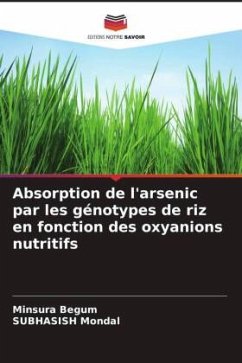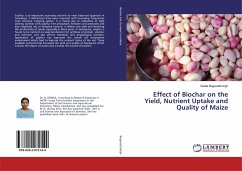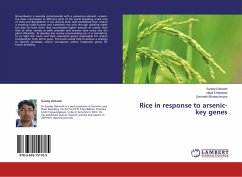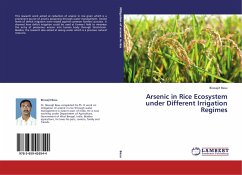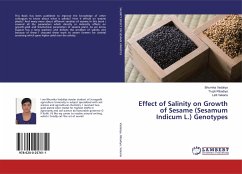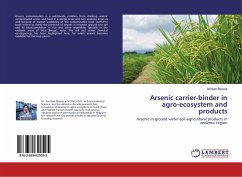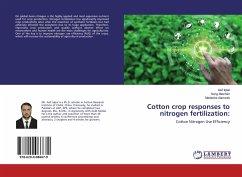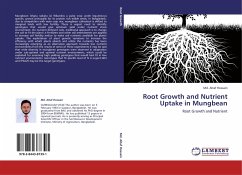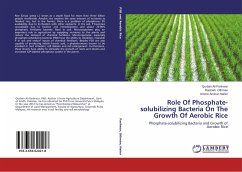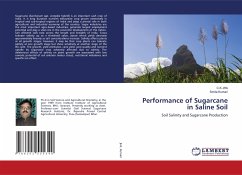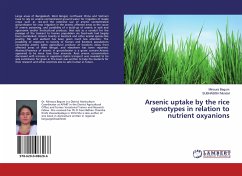
Arsenic uptake by the rice genotypes in relation to nutrient oxyanions
Versandkostenfrei!
Versandfertig in 6-10 Tagen
22,99 €
inkl. MwSt.

PAYBACK Punkte
11 °P sammeln!
Large areas of Bangladesh, West Bengal, northwest China and Vietnam have to rely on arsenic-contaminated ground-water for irrigation of staple crops such as rice and the extensive use of arsenic contaminated groundwater for crop irrigation in the arsenic affected areas as the cause of arsenic poisoning, and possibility of a build-up of arsenic in soils and agronomic and/or horticultural produce, that acts as a conduit for the passage of the toxicant to human population via food-web had largely been overlooked. Arsenic toxicity in livestock and other animal species like poultry, fish and seafoo...
Large areas of Bangladesh, West Bengal, northwest China and Vietnam have to rely on arsenic-contaminated ground-water for irrigation of staple crops such as rice and the extensive use of arsenic contaminated groundwater for crop irrigation in the arsenic affected areas as the cause of arsenic poisoning, and possibility of a build-up of arsenic in soils and agronomic and/or horticultural produce, that acts as a conduit for the passage of the toxicant to human population via food-web had largely been overlooked. Arsenic toxicity in livestock and other animal species like poultry, fish and seafood has been given much less attention. The possibility of exposure to toxicity of human and livestock populations consuming arsenic laden agricultural produce at locations away from affected areas of West Bengal, and elsewhere has been reported. Abstract:Presence of arsenic in groundwater is a grave concern.Arsenic appeared to be more toxic than arsenate. Root arsenic concentration decreased with increase in oxyanions.Xylem transport was revealed to be sole contributor for grain ar The book was written to help the students for their research and other scientists also to safe human in future.



